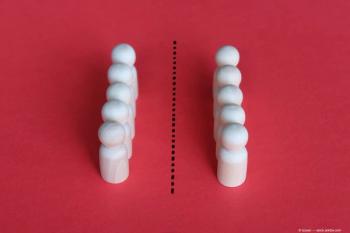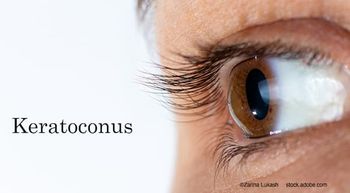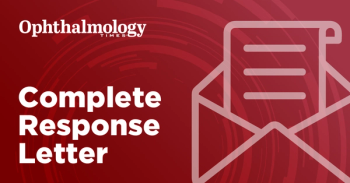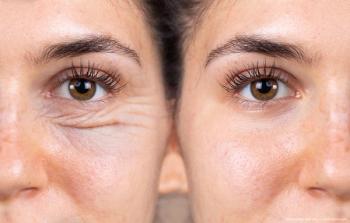
ASCRS 2025: Bonnie An Henderson, MD, on leveraging artificial intelligence in cataract refractive surgery
AI’s use in diagnostic tools, surgical guidance, and its ethical considerations in ophthalmology are transforming the field
Bonnie An Henderson, MD, discussed the growing role of artificial intelligence (AI) in cataract and refractive surgery at the 2025 American Society of Cataract and Refractive Surgery annual meeting, held April 25 to 28 in Los Angeles, California. "Artificial intelligence is a huge topic all around the world, but especially in ophthalmology," she said. "We use so many tools and toys, so AI is perfectly suited for ophthalmology."
Henderson highlighted current AI applications in cataract surgery, including diagnostic tools for cataract type and grading, as well as IOL formula calculations. She emphasized, "Artificial intelligence is already being used on a day-to-day basis for ophthalmologists... specific programs that can diagnose cataract, the types of cataract, and even the grading of cataracts."
One aspect she discussed was AI's role in surgical guidance. AI is being trained through deep learning models to analyze surgical videos, detect anatomical structures, and track surgical instruments. Henderson cited a study from Sun Yat-sen University in Guangzhou, China, where AI models were trained to guide surgeons by tracking 12 steps of cataract surgery. As she explained, "The AI program would give them a warning and say, 'Hey, you forgot a step,' prompting them to think about the next step they're supposed to do."
Henderson also discussed the ethical considerations of AI in ophthalmology. She noted the importance of using diverse patient data to train AI models, urging the field to avoid a homogeneous data set. She warned, "We have to make sure that we're feeding the model with lots and lots of different types of images from different populations to make sure we're getting the right data to make the right conclusions."
Henderson concluded, "The use of artificial intelligence will continue to grow, and in the next few years, we'll see a big boom in its use to triage and diagnose patients."
Newsletter
Don’t miss out—get Ophthalmology Times updates on the latest clinical advancements and expert interviews, straight to your inbox.


















































.png)


